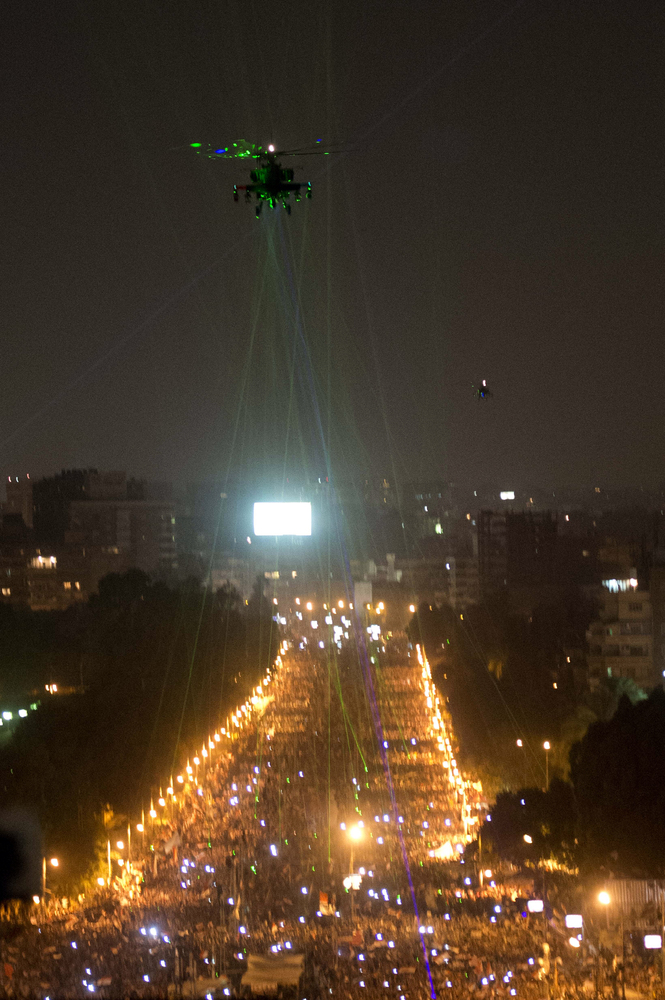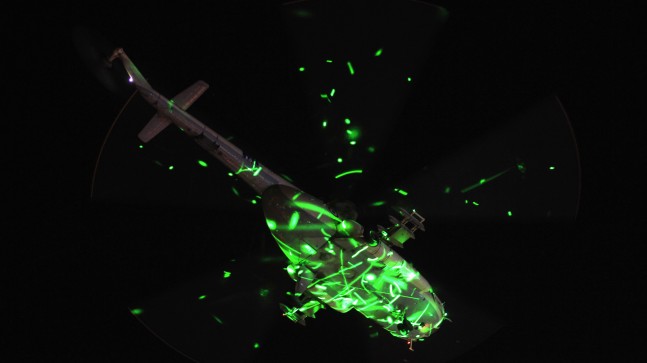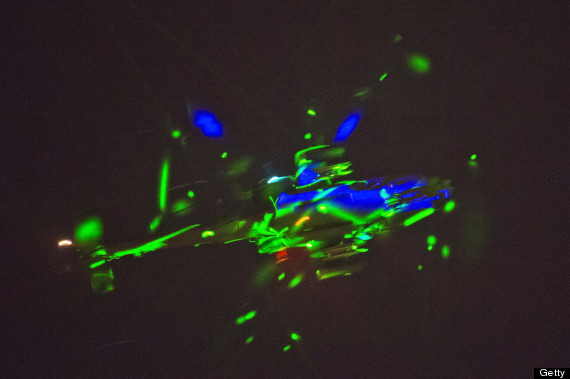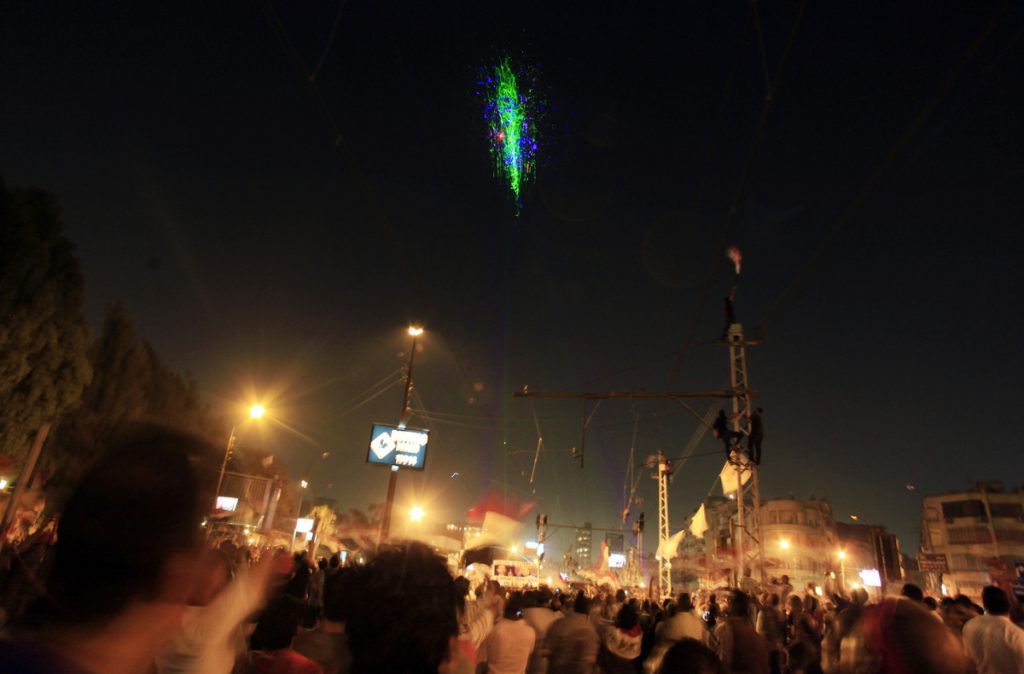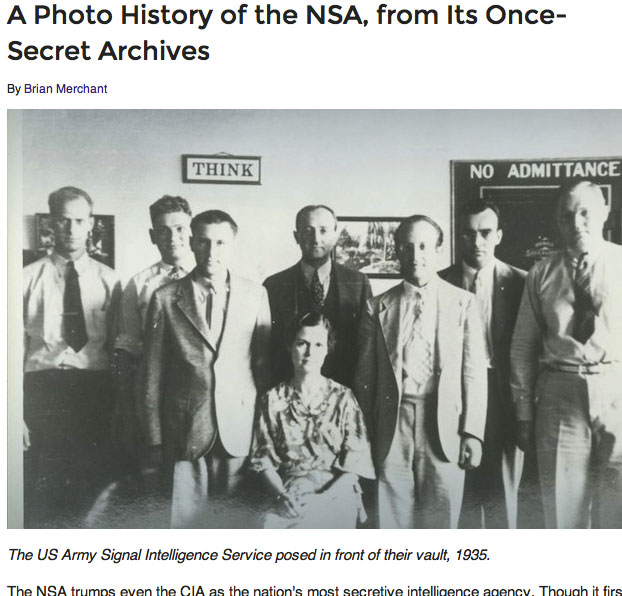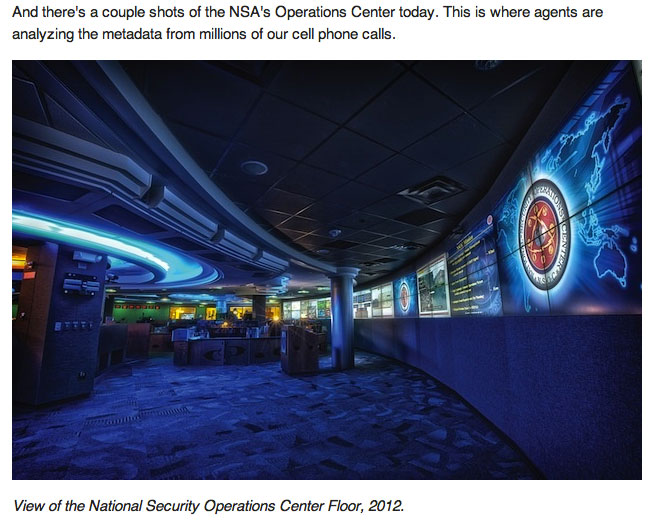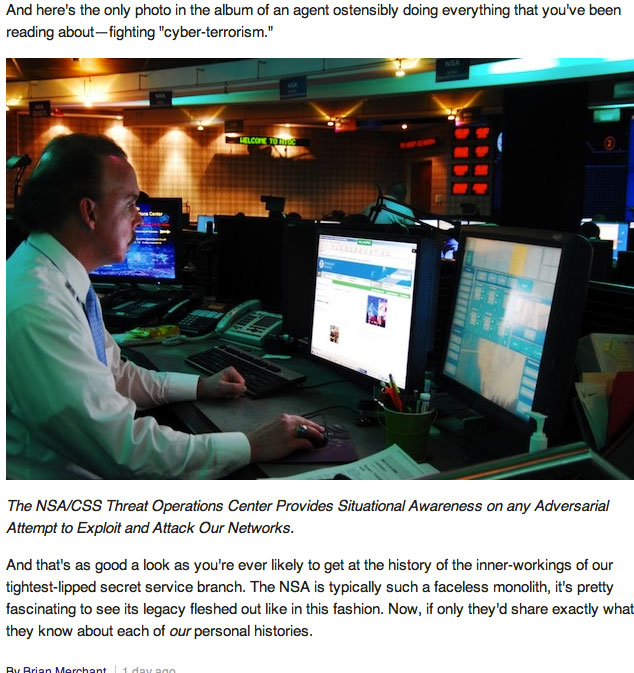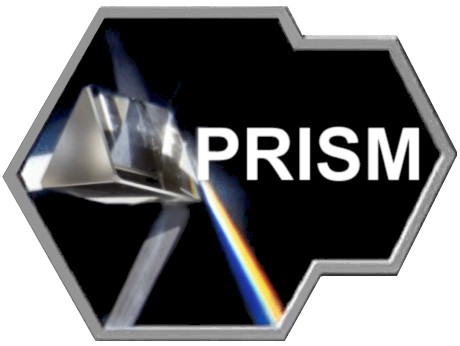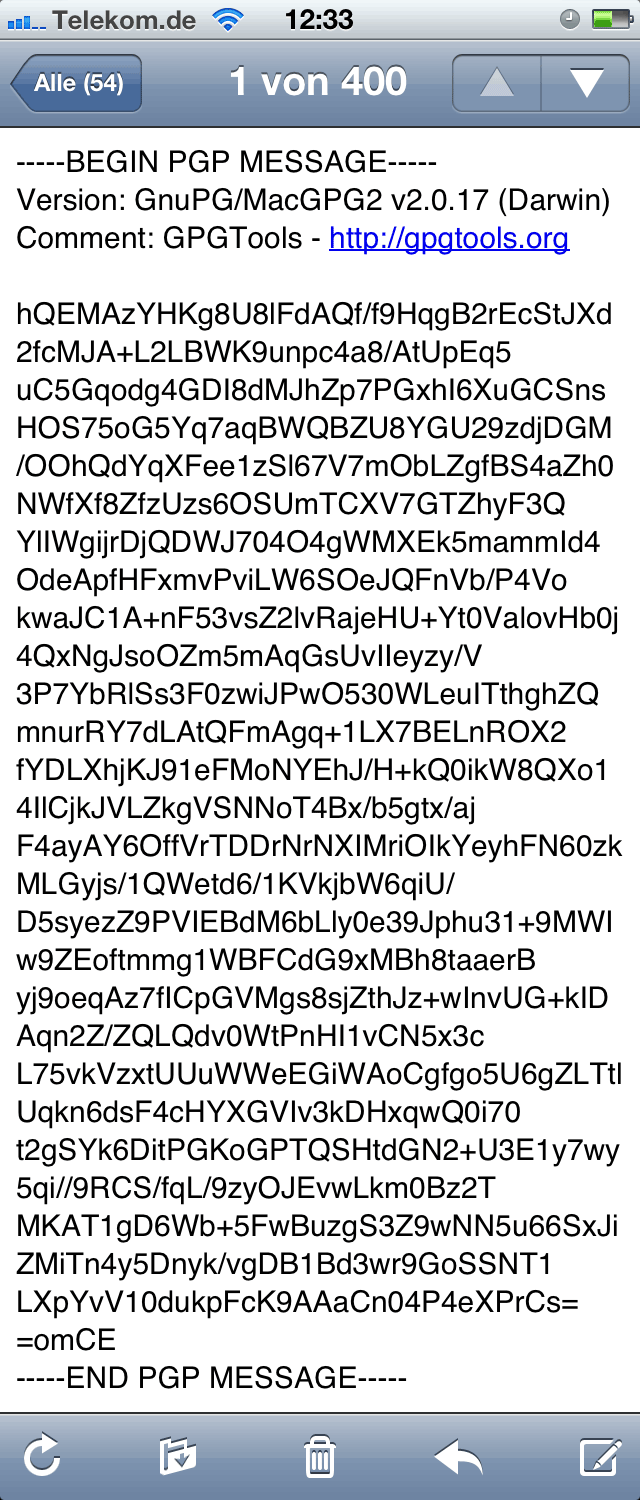and what we’ll see more of. https://medium.com/geek-empire-1/a1ebd2b4a0e5
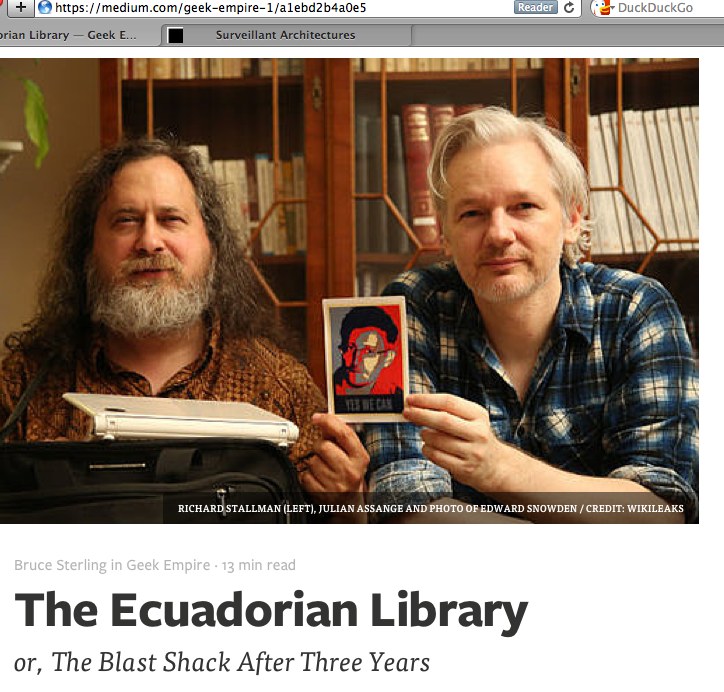
He is probably (hopefully) right that we’re going to see more and more of these kinds of dissidents, and possibly wrong about the fact that activists got it all wrong.
What about the claim that they (which extends to, I guess, ‘we’ as artists) would be
utterly thrilled to have the NSA’s vast technical power at their own command.
Are we, too,
electronic first, and civil as a very distant second
?
Next term @ Surveillant Architectures: The Future
